Chai Style Art: Wilensky’s Creations Balance Standout Collection
Which Israeli artist hides a teapot in every work and a Yiddish saying that can only be seen if the piece is destroyed?
After 37 years with the Atlanta Journal-Constitution and now with the AJT, , Jaffe’s focus is lifestyle, art, dining, fashion, and community events with emphasis on Jewish movers and shakers.
Barbara Wilensky’s lack of pretension anchors her Southern roots with an art collection grown organically through decades of travel. The development of her own, evolving art has idiosyncratic, textured and layered gestures that elevate negative and positive space celebrating her individuality. Swirling colors burst out into a flock of birds or the Fourth of July subject to the viewer’s eye.
“I love Barbara’s paintings because they make you feel like you’re looking through a fine art kaleidoscope that draws you inside each piece. The longer you look, the more you see,” said Amy Spanier, owner of I.D.E.A. Gallery in Chamblee, where Wilensky’s works are displayed. “Barbara’s work is visually stunning.”
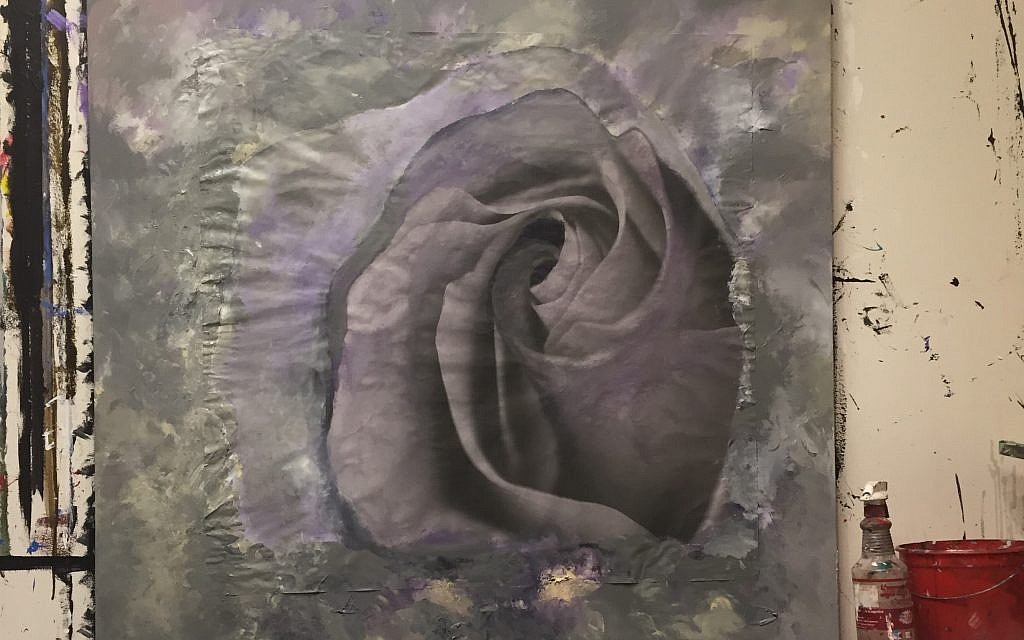
As for her collection, Tobiasse, Seguso, Vasarely, Werger, Kohlmeyer, Campay and the whacky renowned Zhou brothers meld into a chic assemblage of treasures. And Wilensky reveals that every object has a story. There are pieces that furnish a home and those that define it. Let the voyeur decide.
Jaffe: Describe your Southern roots.
Wilensky: My husband Frank, a local attorney, and I grew up side-by-side in Columbus, Ga. My mother Sadie Belle Feinberg Scopp was related to just about everyone there!
Sentimentally, I found the journal book of names, signatures and hometowns that my grandparents kept in 1943 welcoming the Jewish soldiers (stationed at Fort Benning) whom they entertained at their home for holidays and Shabbat dinners. This is now housed at The Breman Museum.
Jaffe: Were you interested in art as a child?
Wilensky: Yes, I went to the University of Georgia for a minor in fine art where I studied under the head of the department, Lamar Dodd. My uncle Paul Scopp in New Jersey ran his own art school. My mother was a self-taught painter.
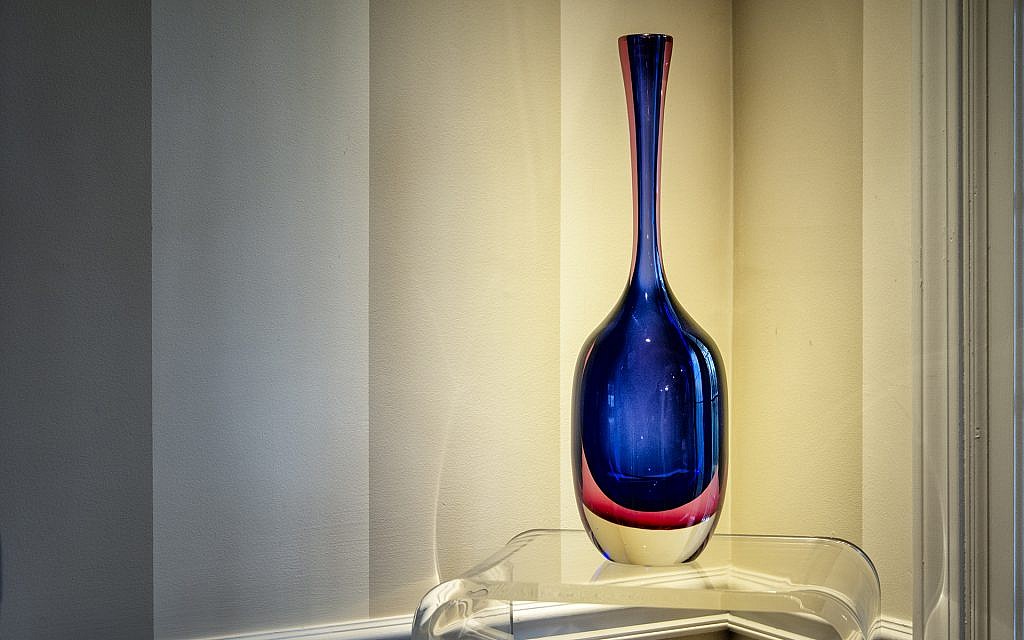
Jaffe: Who are some of the artists that you collect?
Wilensky: It’s been said before, but I buy art that I like.
I acquired two fun pieces by Jewish artist Sissy Rosenberg at an art fair in Montgomery. She packs energy and action into the frame.
I like our large Art Werger works, which are prints done on copper plates and submerged in acid to get a watercolor effect. He hand-pulls his proofs of panoramic shots using mezzotints to feature normally unnoticed details like capturing the light under water. He was the Georgia Print Artist of the Year noted for his “Shifting Tides of Realism.”
I adore Dennis Campay, who paints memories of towns and villages, really everyday environments, that create feelings through drawings. He is on display at Mason Fine Art gallery here as well as a gallery in St. Simons.
I collect Ida Rittenberg Kohlmeyer, who went to Newcomb College in New Orleans and studied with Hans Hofmann – starting very late in life. Her mixed media have abstract geometric grids.
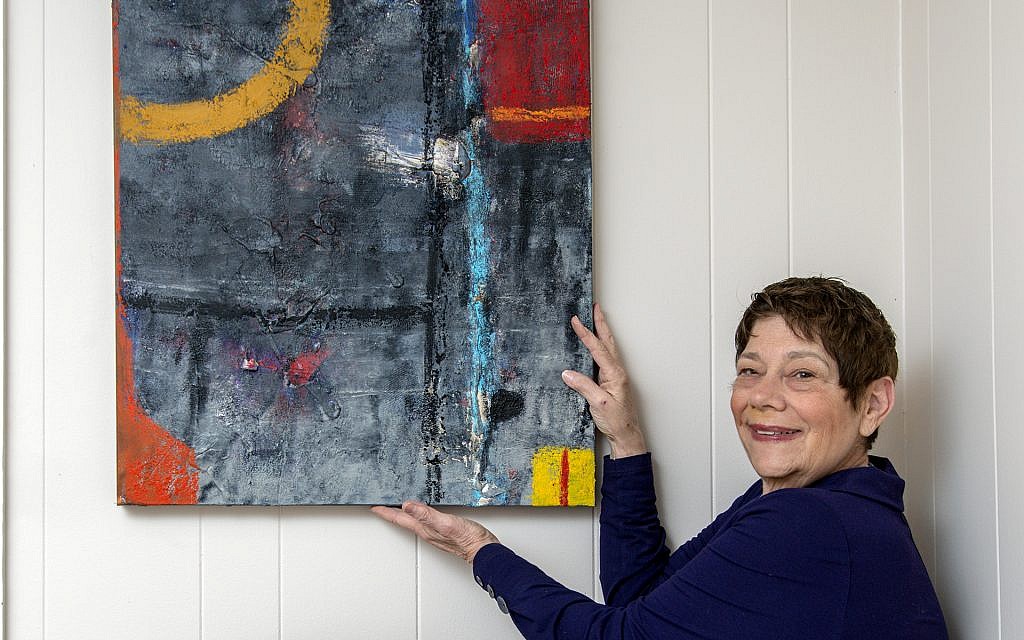
Then we have two works by Théo Tobiasse, who was born in Jaffa, Israel, to Lithuanian and Zionistic parents. He composed his portfolio hiding underground in Paris (1943) during the Holocaust. He is well known in Japan and Mexico. He also hand paints the elaborate frames. A teapot is buried in his painting as his signature, and in each painting is a private Yiddish message that cannot be revealed unless the work is destroyed. Some of his work uses the checkerboard because, in hiding, he passed the hours by playing chess with his father.
Our vertical paper sculpture is by Vasarely, known as “the grandfather of op art” in applied cubistic graphics.
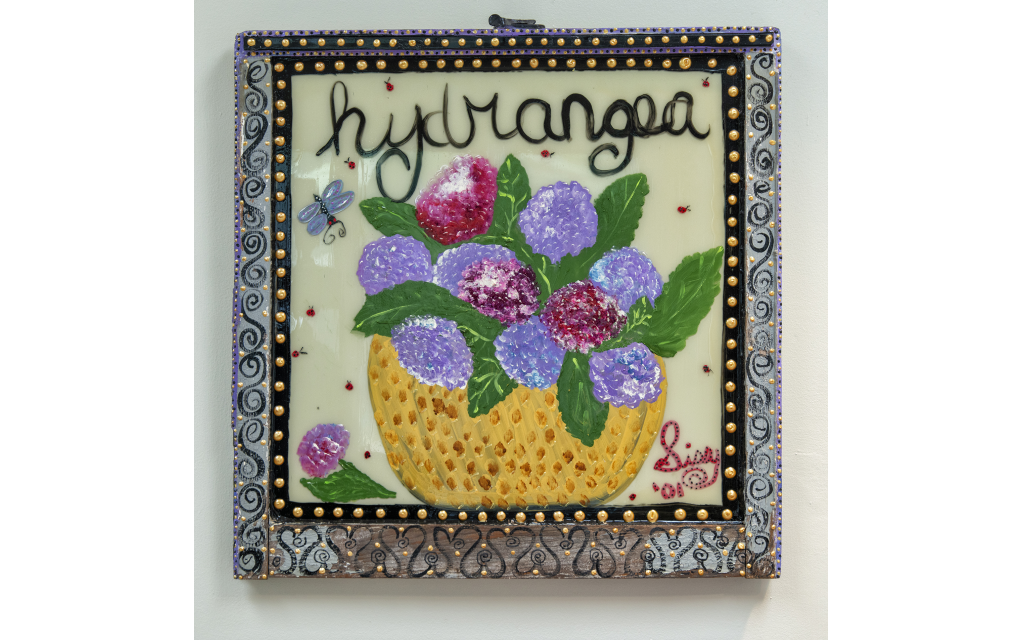
Venetian Archimede Seguso hand blew the transparent Murano glass in the entrance. His family’s glass craft goes back to the 6th century. His retrospective was shown at Tiffany’s in Manhattan in 1989.
Jaffe: What are some of the most unusual works that you collect?
Wilensky: I am intrigued by the Zhou Brothers, who share the same canvas concurrently and are world famous in various media; watching them paint is a performance. ShanZuo and DaHuang collaborate in an Eastern/Western symbiosis inspired from cave paintings and their hardships as children in China. They have performed and had shows at the White House, Louis Vuitton London, and the opening ceremony of the World Economic Forum in Switzerland.
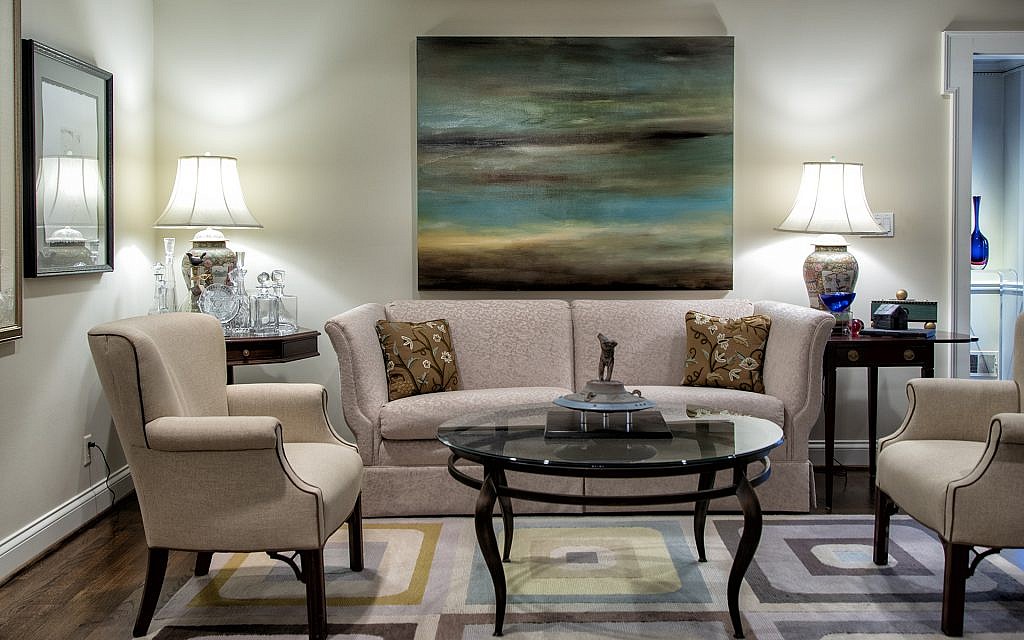
In Florence, I happened upon this traditional-looking landscape and examining closely, it is an artful and technically placed mosaic of puzzle pieces of tiny natural stones and jewels.
We have some Craven Pottery, a multigenerational family in Gillsville, Ga., who began in the 1700s (in Staffordshire, England). They are said to have used 8 million pounds of clay in their work!
Jaffe: How would you describe your own style?
Wilensky: I never know where I am headed. I have a variety of styles and materials. Right now, my process combines acrylic, oil, cold wax layers on birch or paper. I see shapes and colors like layers of clothing with negative and positive spaces. My earlier work was more realistic landscapes. I like to mix it up. The funkier, the better!



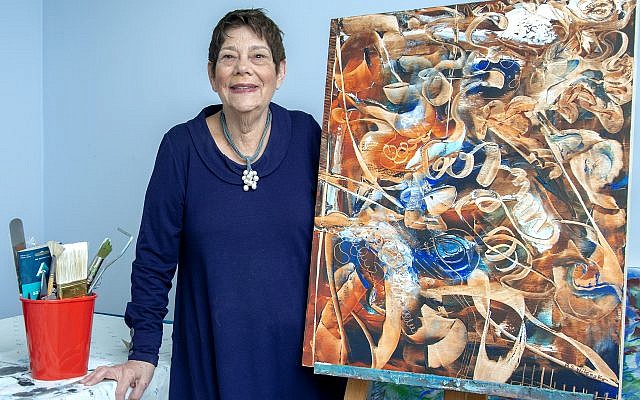
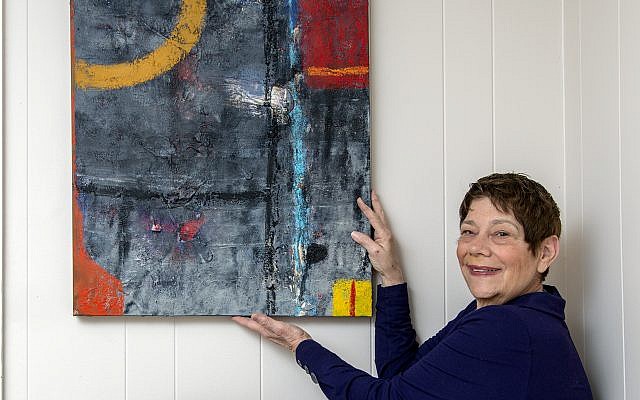
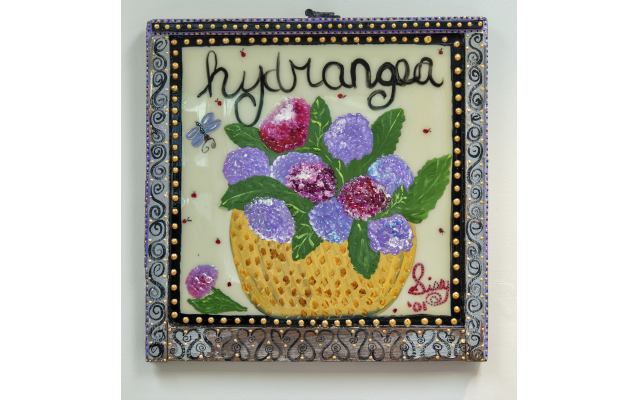
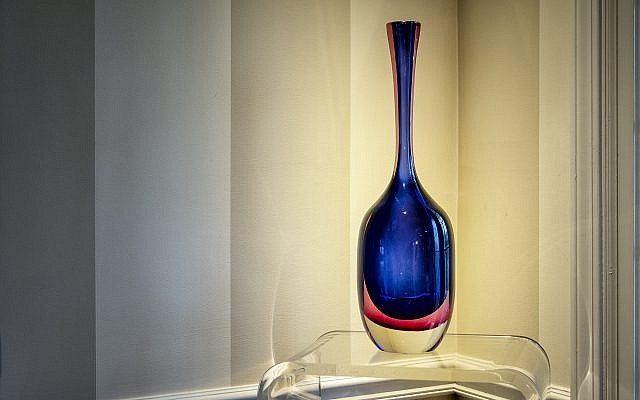
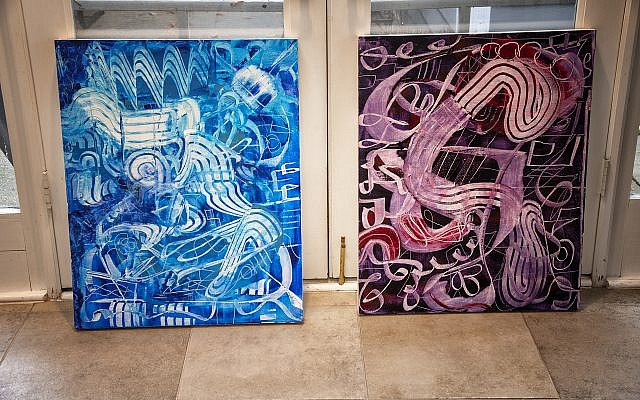

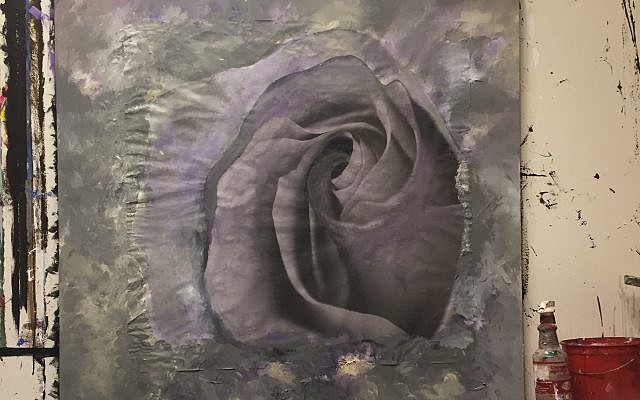
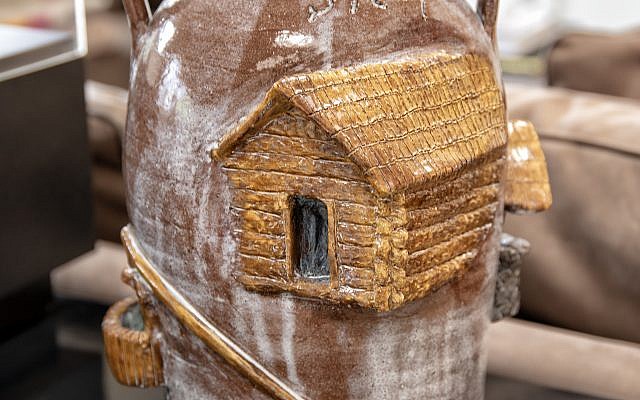
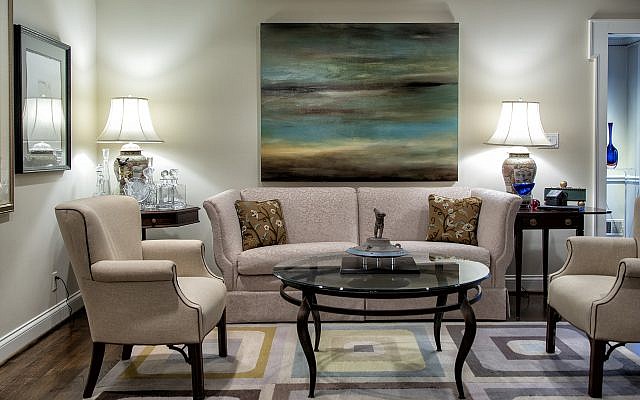
comments